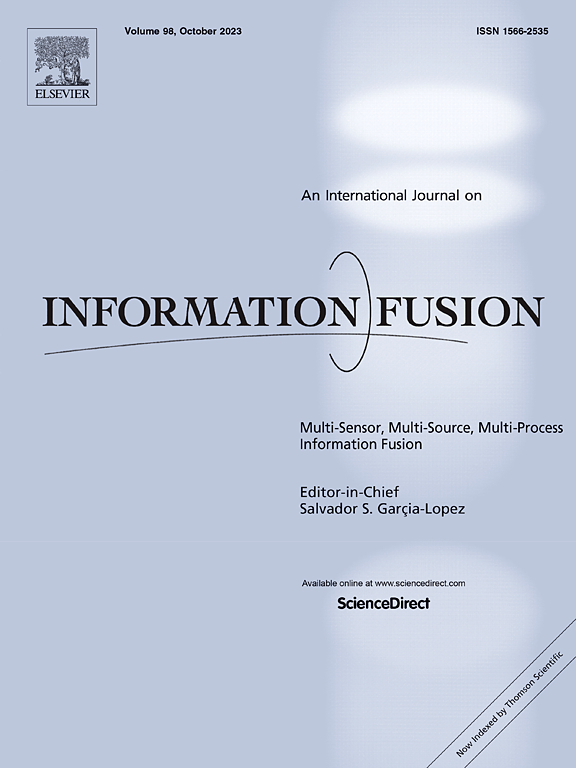Adaptive symmetry-based adversarial perturbation augmentation for molecular graph representations with dual-fusion attention information
IF 14.7
1区 计算机科学
Q1 COMPUTER SCIENCE, ARTIFICIAL INTELLIGENCE
引用次数: 0
Abstract
High-quality molecular representation is essential for AI-driven drug discovery. Despite recent progress in Graph Neural Networks (GNNs) for this purpose, challenges such as data imbalance and overfitting persist due to the limited availability of labeled molecules. Augmentation techniques have become a popular solution, yet strategies that modify the topological structure of molecular graphs could lead to the loss of critical chemical information. Moreover, adversarial augmentation approaches, given the sparsity and complexity of molecular data, tend to amplify the potential risks of introducing noise. This paper introduces a novel plug-and-play architecture, GapCL, which employs a symmetric perturbation mechanism during gradient-based adversarial augmentation to ensure that the perturbed graphs retain potentially essential chemical space information. Additionally, GapCL incorporates a dual-fusion attention module to amplify key information and leverages contrastive learning constraints to enable an adaptive perturbation strategy tailored to various benchmark models. The proposed method has been evaluated across 12 molecular property prediction tasks, demonstrating the potential of GapCL to comprehensively enhance the robustness and generalization of molecular graph representation models. Further experimental studies also indicate that equipping models with GapCL leads to improved representation capabilities and achieves state-of-the-art performance in most cases. The source data and code are available at https://github.com/stjin-XMU/GapCL.git.

求助全文
约1分钟内获得全文
求助全文
来源期刊

Information Fusion
工程技术-计算机:理论方法
CiteScore
33.20
自引率
4.30%
发文量
161
审稿时长
7.9 months
期刊介绍:
Information Fusion serves as a central platform for showcasing advancements in multi-sensor, multi-source, multi-process information fusion, fostering collaboration among diverse disciplines driving its progress. It is the leading outlet for sharing research and development in this field, focusing on architectures, algorithms, and applications. Papers dealing with fundamental theoretical analyses as well as those demonstrating their application to real-world problems will be welcome.
 求助内容:
求助内容: 应助结果提醒方式:
应助结果提醒方式:


